Twitter has been the center of a lot of controversy over the last few years. They’ve made a lot of questionable decisions in terms of what they should allow, what they should restrict, and who gets banned. Verification is just another facet of the problem. Look into any article about the requirements for verification and you’re sure to find examples of accounts that didn’t deserve it.
Then the 2016 election happened, and it all went to hell. High profile accounts are tweeting hate speech while verified. Nazis – literal, actual Nazis, not hyperbolic labels for stodgy people – run rampant. Russian bot accounts claiming to be US citizens tweet in support of one political cause or another, and by all indications, the problem runs much deeper than anyone has uncovered thus far.
Current Issues
Verification has always been a bit of luck, a bit of wizardry, and a bit of self-inflated ego. It’s not a bad system, by and large, but all we generally hear about are the edge cases. No one complains that Kanye West or Bill Nye or the Red Hot Chili Peppers are verified. It’s just the fringe cases that cause a problem.
The intention of verification is to make an indicator that an account is the official representative account of a person or organization. That’s it! That’s all! The entire purpose of verification is to make sure that, if you do a search for a politician or a band or a business, you can be certain that the account you find is the real representative of that entity. It’s meant to prevent imposters phishing for user information or malicious users impersonating celebrities to slander their image.
The problem comes with the mixture of public perception and implementation.
Implementation of verification has always been arcane. Look at the article I linked above; it’s a full-length post just about what may or may not impact your ability to be verified. All the rules, all the limitations, all the attributes of a valid account, they’re only sporadically enforced. Accounts that meet all of them might not be verified, and verified accounts might not meet all of them.
It all comes down to one line; Twitter’s goal of verifying “noteworthy” accounts. I could prove to them who I am, that I’m an official voice of my businesses, but I’m not popular or noteworthy or influential enough to be verified.
What this means is that verification is no longer simply an indicator that the user is who they claim to be. It becomes a tacit endorsement. When an account needs to be deemed noteworthy or influential or important in order to be verified, someone needs to be the judge. When Twitter is the judge, it means verification becomes an endorsement.
Even that would be fine, except Twitter has repeatedly verified accounts that probably shouldn’t be given that additional indicator of importance. The one that caused the most recent outcry was a man named Jason Kessler. If you don’t know who that is, good for you.
Jason Kessler is a white supremacist and organizer of the nationalist rally in Charlottesville that led to the death of Heather Heyer. Jason is also a man who tweeted about her death, calling it “payback time.”
There’s an argument to be made that a platform as large and as ubiquitous as Twitter should be very careful to allow a certain degree of free speech. However, there is also a valid argument to be made that free speech only goes so far. When your speech glorifies the death of an innocent person, incites violence against more innocent people, and impinges upon the rights of entire classes of people, it is no longer protected speech. It becomes hate speech, and should not be present on a successful platform.
When Twitter is verifying white supremacists, and when verification is viewed as an endorsement, it’s hard to rationalize such actions.
All of this comes on top of Twitter’s recent push to crack down on hate speech and harassment that has led a lot of liberal/progressive users to abandon the platform. Who wants to keep using a social network when users of that network track down their address, call their phone in the middle of the night, threaten to murder their families, and even more grotesque actions?
Even if you’re a die-hard proponent of free speech even when it’s hateful in nature, you can’t argue that alienating wide swaths of your user base is good business. Twitter has multiple reasons to crack down on hate speech, on the people who post it, and on the actions that drive away users.
Kessler is far from the first questionable choice for verification. Milo Yiannopoulos had been verified prior to his ban for various hateful and pedophiliac posts, for example. It’s simply another symptom of a deeper underlying problem.
Stopgaps and Solutions
So, to answer the question posed in the title, yes. Twitter has temporarily removed the verification form.
According to this tweet, verification was always meant to authenticate identity, not to endorse speech. Since the original intention of verification has been corrupted, rather than try to fix a broken system, Twitter is pausing it while they look into other possibilities.
Jack himself tweeted here that they acknowledge that verification is broken and that the system needs to be changed. Recent events simply pushed the need for change into overdrive.
Ed Ho, Twitter’s manager of consumer product and engineering, also tweeted that they should have stopped the current process earlier, and that they’re pausing the system to look for something new.
And of course, you can always just check yourself. This is the URL of the verification form; if you click it, all you see is a cartoon dude with a big “check back soon!” message. On top of that, in the help center section about verification, Twitter has added the line “a verified badge does not imply an endorsement by Twitter.”
What Verification Needs
So what does verification need if it is going to continue to exist as a visible indicator on an account? Ed Ho asked the question, and here are some of the typical responses.
- Verification needs to be a much more transparent process. Opening it up through the verification form was a step in the right direction, but the requirements that an account be sufficiently “noteworthy” meant that it was still largely obtuse and arbitrary. Verification requirements should thus be much more mechanical.
- Verification should not be as hugely visible. The current problem with verification is it becomes a sought-after indicator of value, when it was never intended to be. A more subtle indicator of authentication is all that would be necessary.
- Verification needs to be more regulated and not used as a reward for certain people, or removing it as a punishment for others. In other words; ad sales should not make an account more likely to be verified.
One potential solution would be to have two types of verification. The first type would be much more like simple authentication. The second would be more like the current verification system, except used as a sort of peer-reviewed endorsement of value.
There are problems with all of these potential systems, though. For example, if you’re going to require identity authentication for an account, you have to have some way to actually verify the information a user presents. Google Analytics requires you to add code to your website to verify you own it, for example. How do you do that with your personal identity? Do you submit a state ID? What about people outside of the United States?
What about intentional, benign parody accounts? What about bot accounts with specific uses, like these? They don’t have identities tied to them, unless you allow the creator to verify their own identity, though many creators might not want to tie their identity to every project. It hampers accounts like @wint, who thrived for years on the mystery of who they were.
What about identity theft? You can bet Russian propaganda accounts would be perfectly willing to use stolen information to register accounts if it’s in any way possible.
There’s simply no good way to do global identity authentication in a way that is reasonable on a site like Twitter. Perhaps it could have worked if they implemented it when the site was first created, but at this point, it’s far too late. Trying to require identity authentication for all accounts would be a death sentence.
Now, adding identity authentication as an optional flag for accounts similar to how verification works now would be fine. It would still need to be visible like the blue check, except it would need to be explicitly divorced from the idea of a social endorsement.
Shifting gears to that idea of a social endorsement, I’ve seen some people float the idea of a democratic vote system to give social verification, with the “endorsed viewpoint” sort of verification. The downside to this is manifold; you have issues with botting to game the system, you have issues with people promoting viewpoints the site doesn’t want to endorse, and of course it just brings up a lot of problems.
You could, say, implement a system where college professors can collectively endorse each other to ensure verification for those that want it. That might work, until you have a bunch of people endorsing each other in exchange for social favors, or office politics getting in the way of endorsing a legitimate leader in their field just because they aren’t socially adept.
On top of all of that, setting up and reviewing that kind of system would require immense resources and vetting, which Twitter is unlikely to want to throw at the problem. You can reasonably rely on Twitter to go for the least effort method that gets them out of hot water until the next crisis comes along.
What Happens Next?
So the question is, where does it go from here? Here are my thoughts.
First of all, I think verification is going to be on hold for a while. Important celebrities or public figures that come into prominence may still get verification, but the public verification form will not be coming back in its previous form.
There’s a small chance that Twitter might abandon verification altogether. I would not be surprised if the blue checkmarks disappeared from everyone overnight. After all, the problem isn’t a problem if no one has it in the first place, right? The issue there becomes the existence of phishing and impersonation accounts, which would surge if verification was removed. It wouldn’t be hard to copy the info from an existing profile and post a few tweets about how verification was removed, this is the real account now, etc.
The next step would likely be some kind of optional identity authentication. If you want this form of auth-verification, you would need to give proof of your identity to Twitter to review. It might be a government ID, it might be a code-based verification for businesses similar to how Google Analytics works, who knows. A hilarious option would be linking to a verified Facebook account, putting the onus on Facebook to verify account identity, but I doubt that would actually happen.
It’s only fitting that the problem of verification began with identity authentication, and is ending the same way.
Unfortunately, I don’t really expect major changes to verification. Twitter takes the path of least resistance. My guess is they will put new, stricter rules of conduct in place for verification, will keep the verification form hidden, and will be a bit more careful with reviewing who they actually want to verify. Putting in an entirely new system might happen, but that might be something for 2019, not 2018.

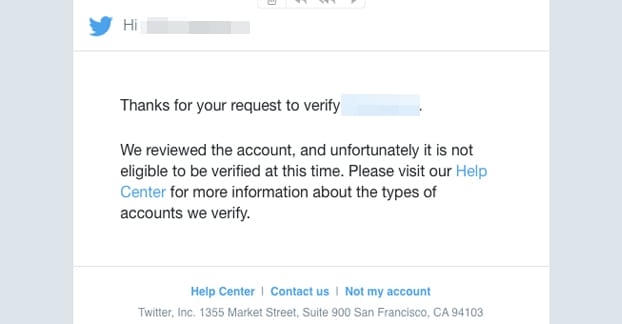
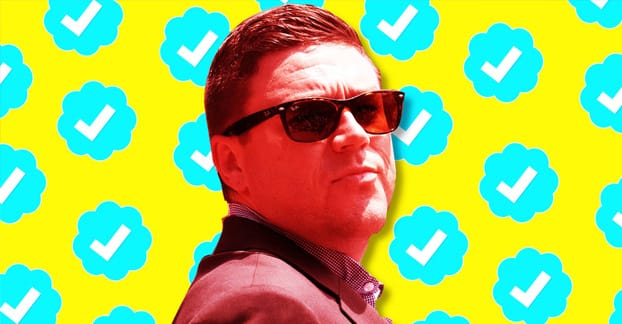
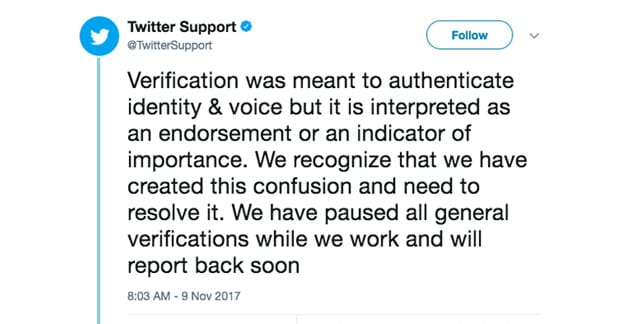
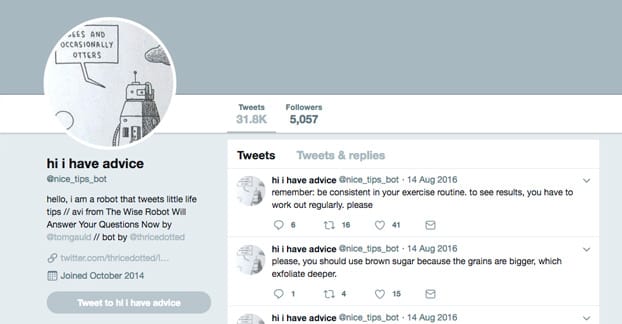
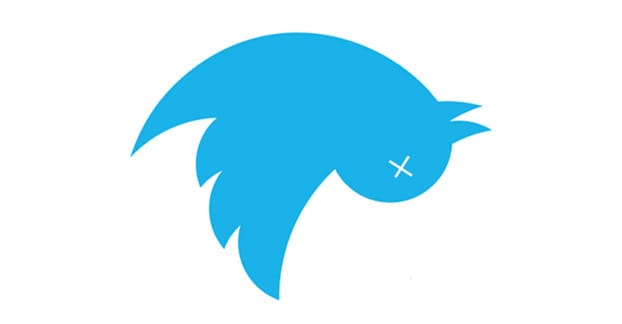




If I head to verification.twitter.com and I’m logged in, it says “check back soon”. What can I do to make the verification form open up?